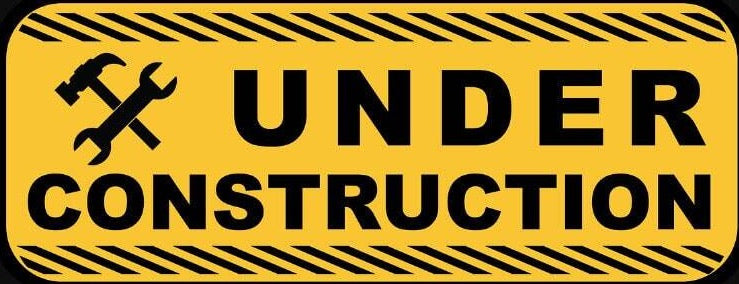
A Beginner's Guide to Construction Safety
Written by Lew Amicone
Working around the home can be a great way to put your skills to good use. Whether you're performing regular maintenance and repairs or planning a building or renovation project, do-it-yourself construction can save money and give you a strong sense of satisfaction. Just like professionals working on a construction site, people doing home projects need to take proper safety precautions to avoid injuries. Wearing protective attire is important, as are observing power tool safety rules and staying aware of your surroundings.
General Safety
Following basic safety measures will help you stay safe while you work. Always do your research before beginning any project so you're aware of what's involved with the process and have the equipment and knowledge you need. Researching the project will also ensure that you are aware of any hazards and dangers associated with the required tools and equipment.- Gather all supplies you'll need before you begin working.
- Use ladders correctly, positioning them so they are secure and on a non-slip surface.
- Know your abilities, and be ready to hire a professional if necessary.
- Keep a first-aid kit stocked and ready to use in the event of an accident.
Protective Attire
Protective attire and gear will help prevent injuries. Always wear protective gear when you're working with chemicals, when working with or near debris that may fly through the air, and when working in a noisy environment.- Protective eyewear can keep your eyes safe when working with power tools and chemicals.
- Earplugs can minimize damage to your hearing if you're using loud power tools.
- Dust masks help prevent inhalation of particulates when working in dusty conditions.
- Closed-toe boots will protect your feet, and work gloves will protect your hands.
- Wear long pants and long sleeves when working on a building project.
- Don't wear jewelry or loose clothing that might get caught in equipment.
Power Tool Safety
Power tools can make repairs and building projects go much more quickly, but as commonplace as power tools have become, they demand careful use to ensure safety. When you keep tools near your workbench, use them attentively and carefully at all times.- Never use power tools when you are tired or under the influence of drugs or alcohol.
- Always read all instructions for power tools before using them.
- Don't use a power tool that's too heavy for you to fully control.
- Maintain tools carefully to keep them in good condition. If a tool is old or worn out, fix it or replace it.
- Never carry power tools by the cord. Don't yank on cords to disconnect them from electricity.
- Always use heavy-duty cords with power tools. If a tool has a three-pronged plug, always use a three-pronged extension cord that's plugged into a three-pronged outlet.
- Wrap cords carefully and store them away from heat sources.
- Prevent power tools from starting accidentally by keeping your fingers away from the power switch until you're ready to turn them on.
- Ensure that you have secure footing and balance before turning on a power tool.
- Never remove safety guards from a power tool.
Work Area Safety
Always stay vigilant about your surroundings as you work. Maintaining awareness of your surroundings will increase safety and minimize accidents. Keep your workbench neat and organized.- Survey a work area before you begin any task. Look for potential hazards and remove them first. Remember to look above you for overhead dangers.
- Don't allow distractions in the work area.
- Avoid multitasking while you work.
- Don't rush tasks, and don't work while you're tired.
- Don't create hazards by running extension cords through work areas, blocking exits, or leaving messes. Clean up as you go to reduce clutter and debris.
- Watch for damp or wet conditions when using power tools.
Construction Safety Resources
- Construction
- Safety Tips
- Construction Site Safety Tips
- Accident Prevention: Six Tips to Keep Your People at Their Safest
- Five Safety Precautions for Common
- Construction Risks
- Fall Protection
- Basic Safety Rules
- Four Effective Ways to Enhance Construction Safety
- Ladder Safety One Rung at a Time
- Electrical Safety
- Eight Construction Safety Tips You Need to Know
- Home Construction Safety Tips
- Top Ten Construction Safety Tips
- Construction Safety Tips: A Comprehensive Resource
- What to Wear to Work
- Power Tool Safety Rules
- 15 Power Tool Safety Tips
- 12 Tips for Power Tool Safety
- Five Tips for DIY Safety
- Being Aware of Your Surroundings Can Drastically Reduce Safety Incidents
- Safety Tips for DIY and Home Remodeling Projects
- When Should You Wear Safety Eyewear?
- DIY Safety Basics
- DIY Safety Tips

Leave a comment